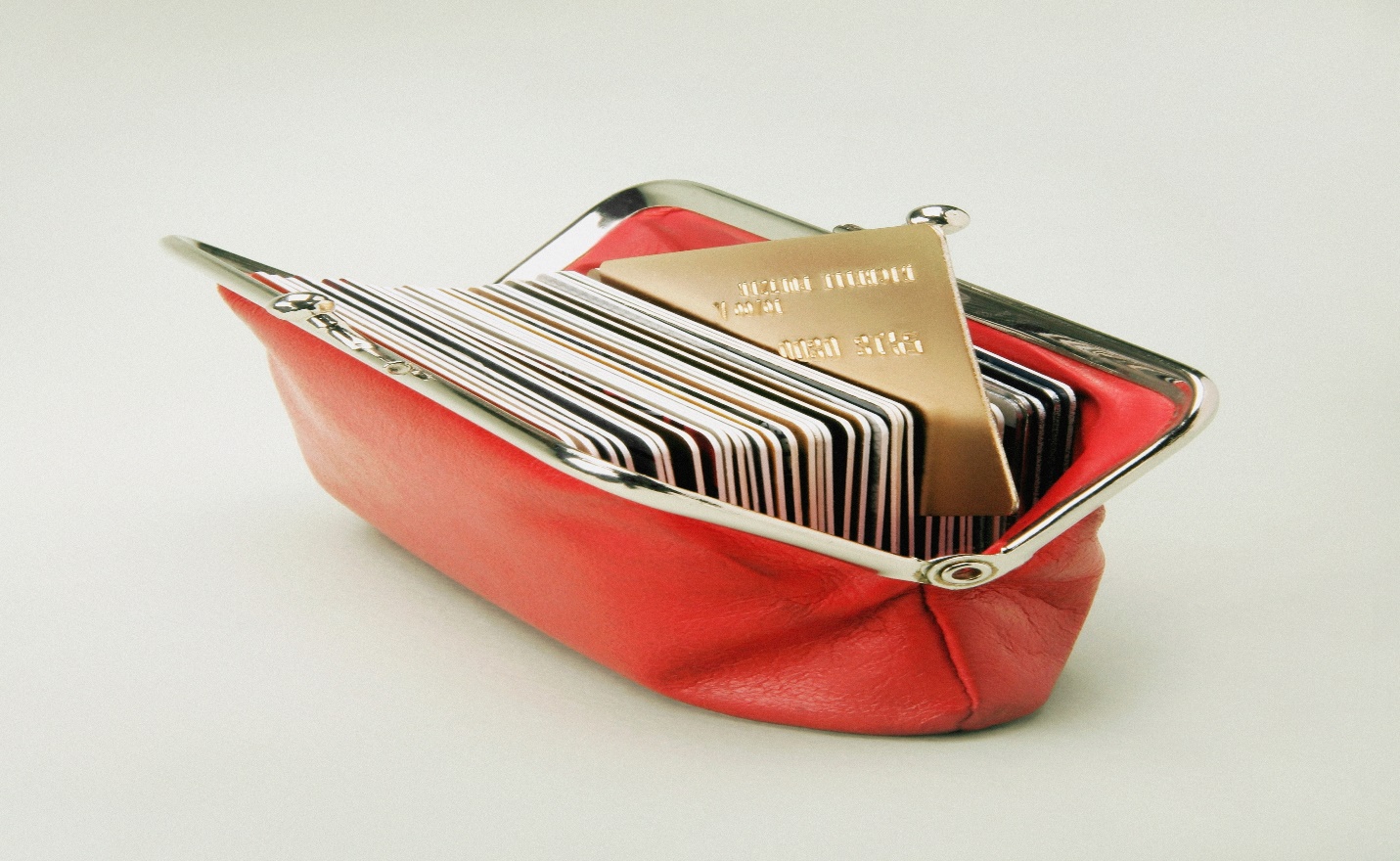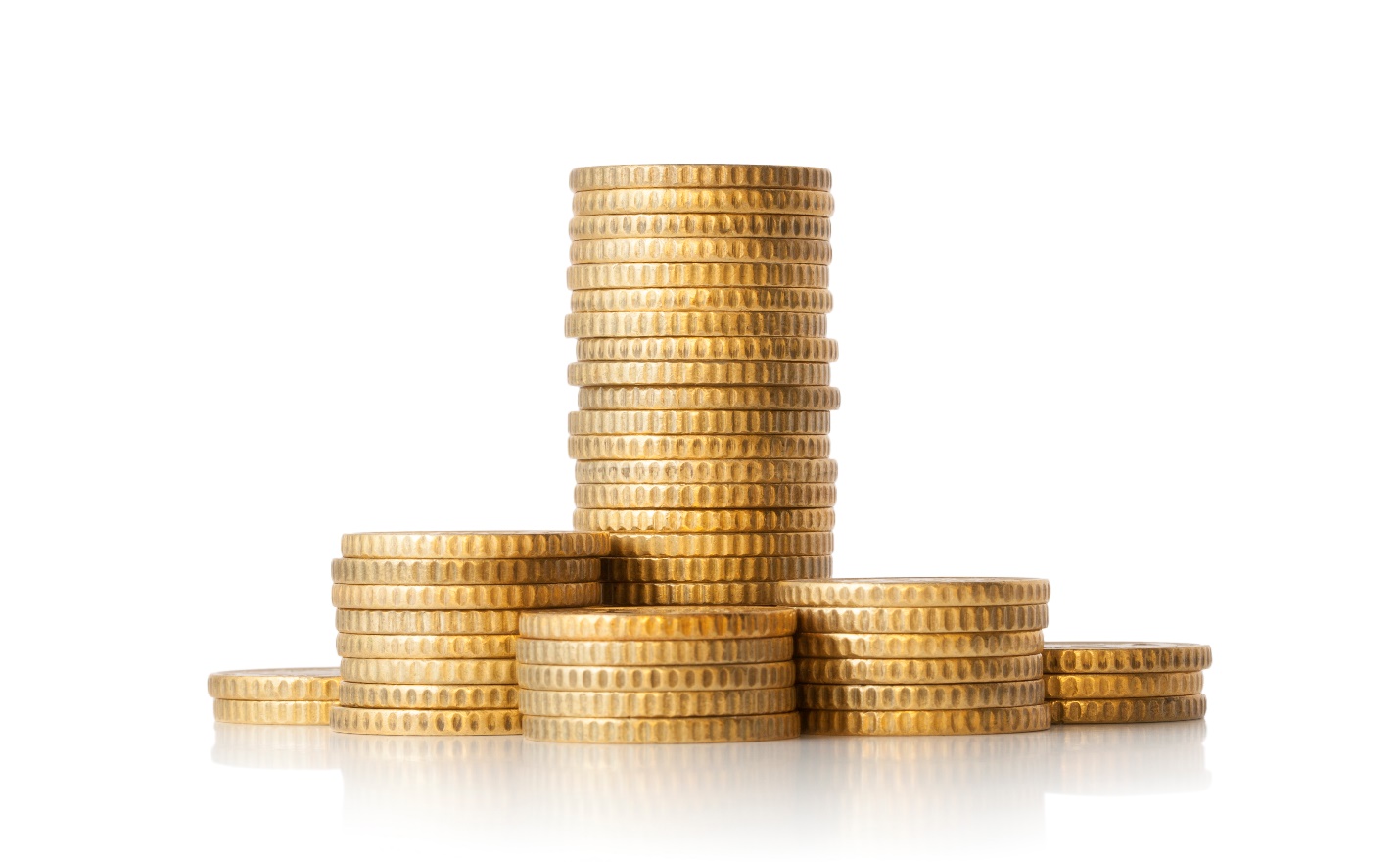Nothing is crippling as the weight of debt but taking action can also help regain control over your finances. However, when you know your options and useful strategies for reducing debt, you become capable of repaying your debts more quickly and enables you to strive towards a more secure future in terms of finances. Below is a guide on the best strategies to reduce debt efficiently.

Why Reduce Debt?
High debt levels become a significant financial problem and can harm your health. Federal Reserve states that an average household incurred about $96,000 in debt that contains student loans, mortgages and credit cards. Carrying high debt amounts can make you:
- Worry and Feel Anxious: Continuous tensions on whether you're going to pay increase mental illness problems.
- More Interest Paid: The longer the period of clearing the debt, the more interest acquired. For instance, on a $5,000 balance held on a credit card at an annual 20% interest rate, one can pay over $1,000 in interest in one year.
- Bad Credit Rating: If your debt utilization ratio is high, then it can weigh down your credit rating and decrease chances for getting sanctioned for other loans or cheaper interest in the long run.
There are some effective ways of decreasing debt. Here are the steps:
Step 1: Evaluation of Debt Status
Make a checklist of all of your debts, such as car and student loans, mortgages and credit cards. This should contain the minimum monthly payment, interest rate and balance for each. That list gives you a clear view of your total debt load and will help in directing what areas need more urgent attention.
Key performance indicators include:
- Debt to Income Ratio: It is started with the monthly income percentage that is dedicated to the repayment of your debts. Typically, an accepted ratio is below 36%.
- Weighted Average Rate of Interest: Calculate the weighted average rate of interest of all your debts. This will help you determine where to focus on the debt payback strategy.
Step 2: Decide on a Debt Payback Strategy
There are many different strategies that can help you repay debts. Of all, the strategy that would work better for you depends on your present financial status, but for now, here are two of the most commonly adopted strategies:
- The Debt Snowball Method: The debt snowball method, developed by Financial Peace University, is to pay the minimum on the big ones while paying off the smallest first. Once that's paid off you apply the money to the next smallest; it builds momentum and the psychological boost of seeing results quickly is excellent. For example,
- Debt 1: $1,000 at 15% interest
- Debt 2: $3,000 at 10% interest
- Debt 3: $5,000 at 20% interest
You'd begin with Debt 1. After that's paid off, roll the payment over to Debt 2 and so on.
- The Debt Avalanche Method: The avalanche method identifies debts as being prioritized first by the highest interest rates. In the long term, this turns out to be a saver since you save on the interest part. You can proceed to the following rate after paying off the debt at highest rate.
- Measurable Difference: Debt snowball plans, for example the avalanche plan saves one hundreds of thousands even in interest payments. You will save some $200 a year in your cost of interest if you pay the loan on 20% interest first rather than that of 10% interest with a principal amount of $3,000.

Step 3: Increase Your Payments
The easiest way to be free of debt quickly is to pay off the maximum outstanding as soon as possible. Even paying with an extra fifty or hundred dollars on the monthly payments so that it cuts down the debt drastically is possible. For example, the same 20% credit card balance of $5,000; increase payment amount from an existing $100/month to $150/month to go from 79 months to 44 months and save you $3,000 in interest.
Step 4: Consolidate Debt
Debt consolidation takes numerous debts, consolidates them, and rolls them into one loan category of lower rate of interest. It may make the payments easier and may reduce the amount of the monthly payment.
- Personal Loans: They can often have fixed rates lower than most credit cards.
- Transfer Credit Cards: Most have some kind of 0% introductory rate for as long as 18 months. Transfers your existing credit card debt to one of these and you save on interest if you can pay off in time.
Step 5: Cut Unnecessary Expenses and Increase Income
Reduce the discretionary spending and you can free up finances for debt repayment. Draw out a budget and what you can cut: eating out or subscription services.
While doing that, look at ways to increase your income:
- Side Hustles: Freelancing, become a ride share driver or basically an economy gig can bring in extra cash
- Sell Clutter: Get rid of the stuff you no longer need and get cash out of it.
Step 6: Don't Take on More Debt
When paying off debt, the less new debt you create the better. That is, pay attention to credit card use and only make what you feel is a real necessity.
Helpful habits include:
- Use Cash or Debit: Pay with cash or your debit card so that you are spending out of pocket and do not have to borrow.
- Emergency Fund: Save 3-6 months of expenses. That money won't need to be drawn on your credit cards to pay for the unpredictable.
Monitoring your progress keeps you on track and motivated. Keep track of your credit score and debt-to-income ratio. The debt repayment calculator will also help you understand how extra payments affect your timeline.

Future Outlook: A Debt Reduction Journey
Debt reduction can be achieved at a more accelerated pace if the right strategy is applied. You may choose to employ the snowball or avalanche method, pay more with each succeeding month, or consolidate loans. The most important thing is being devoted and committed to getting out of debt. By being sure to set realistic goals and track progress as well as making good strategic choices, you'll be on your way to living debt-free. Take control of your debt today and walk a little further today toward a more secure future.




